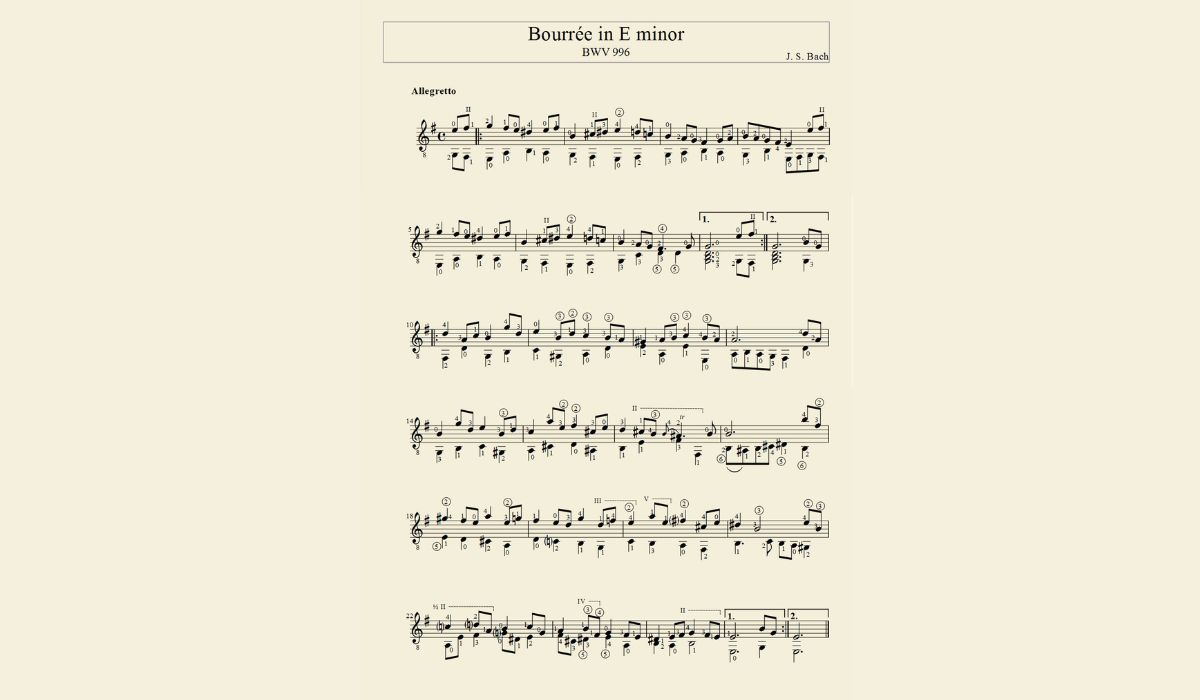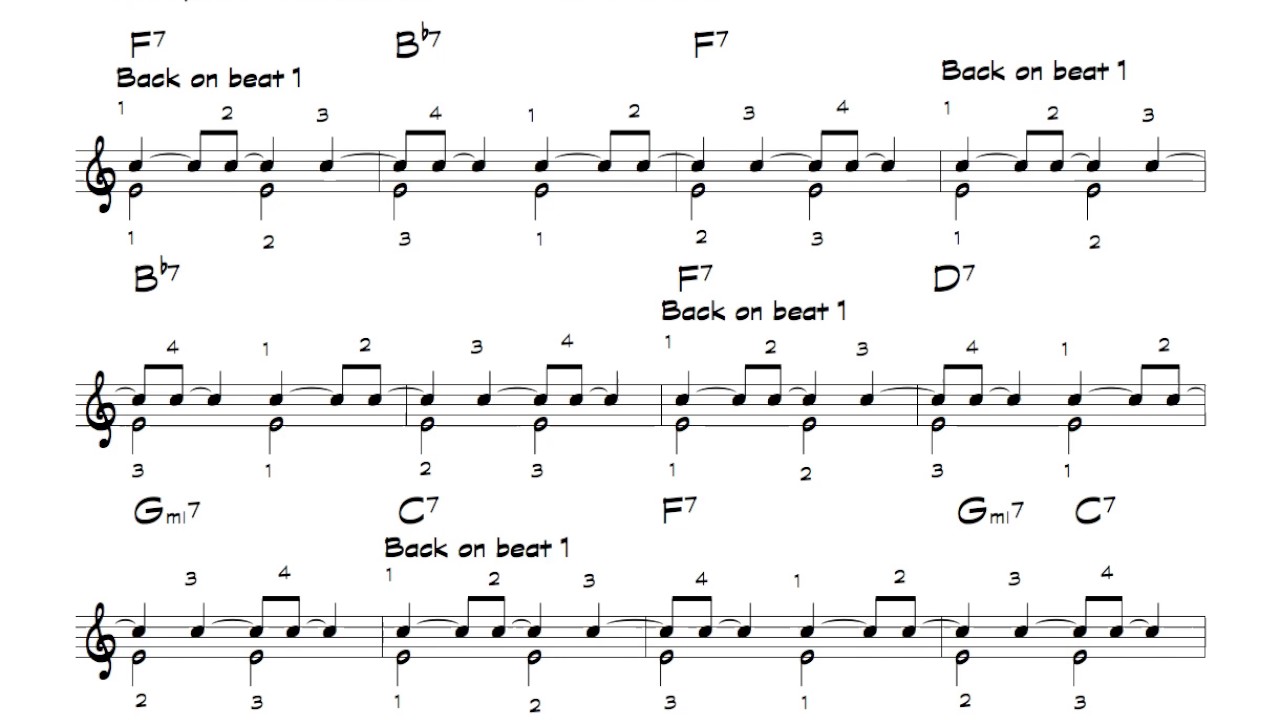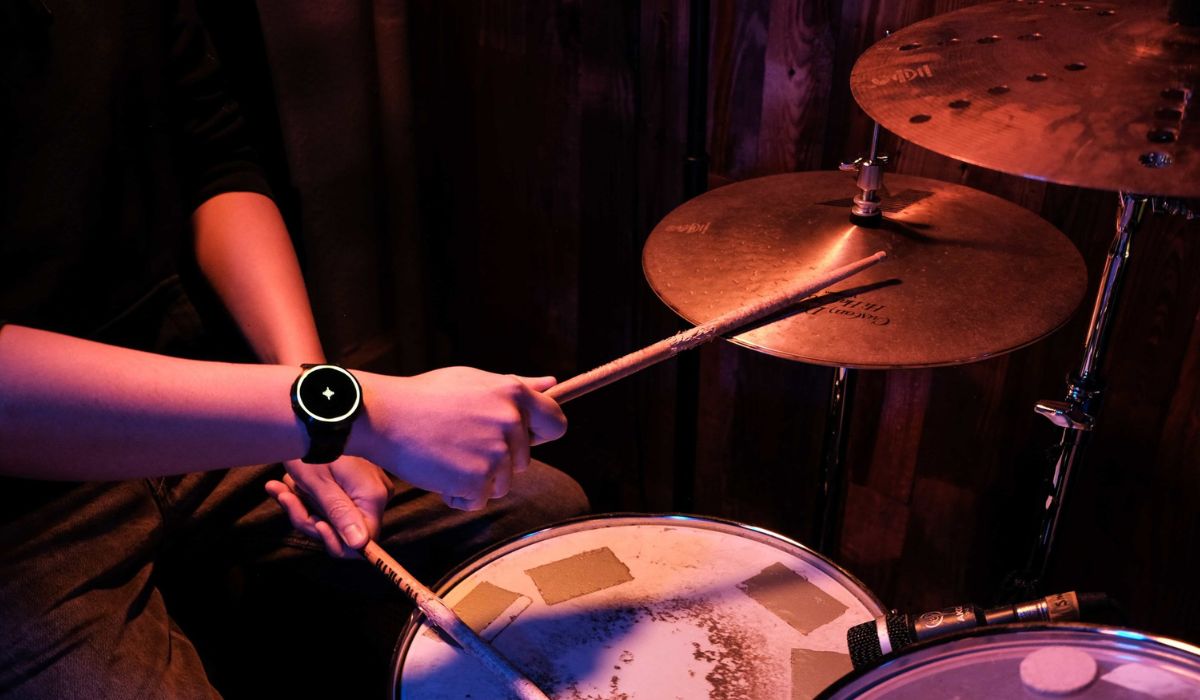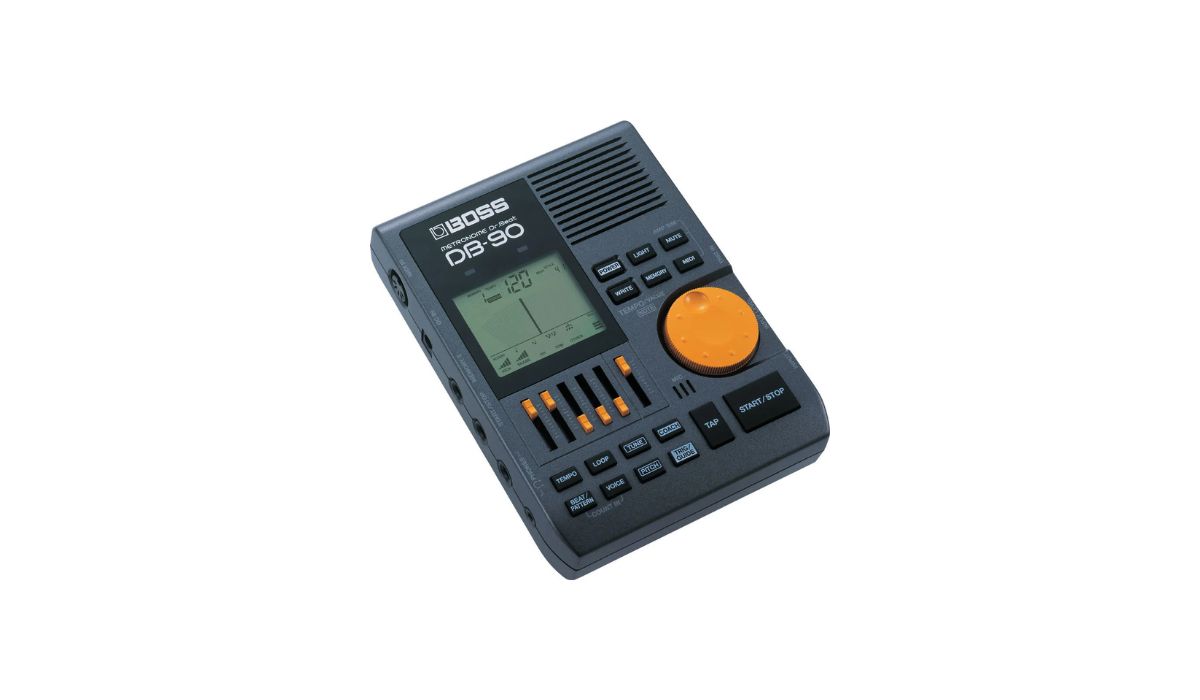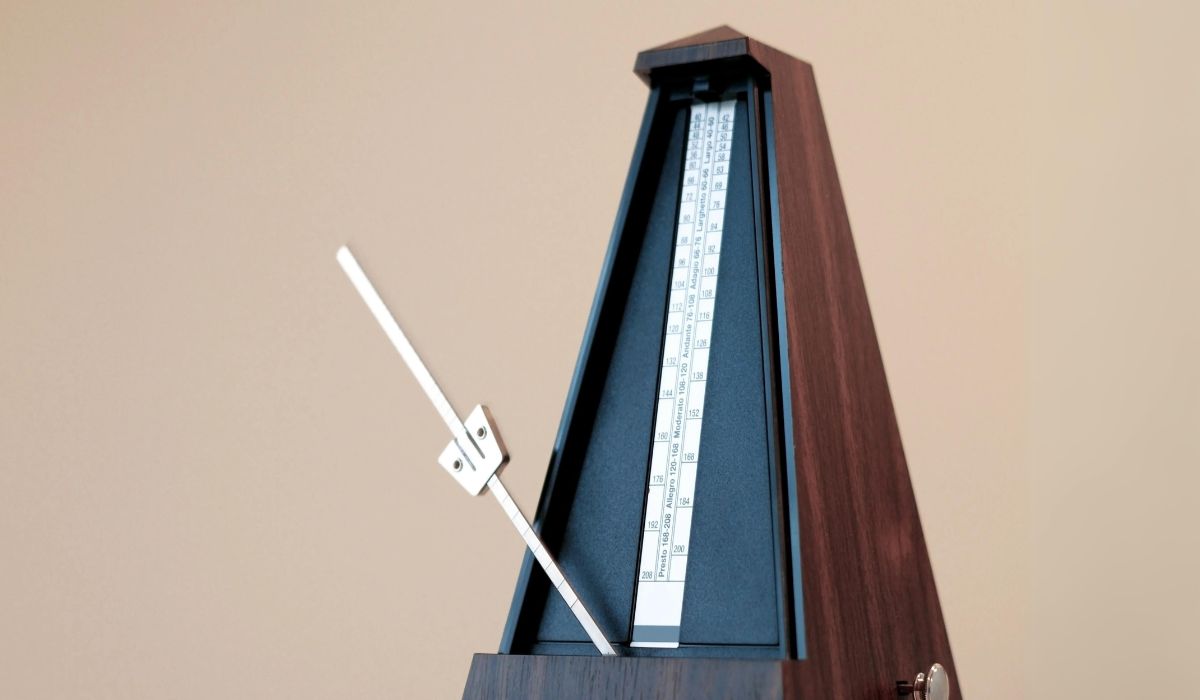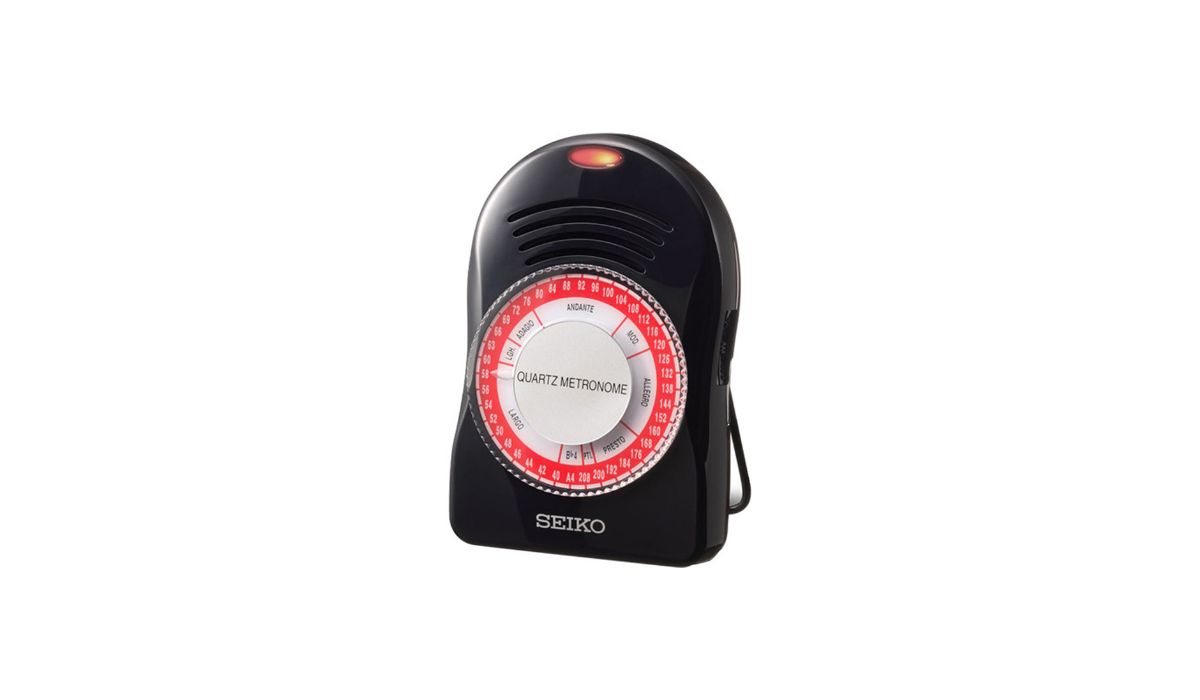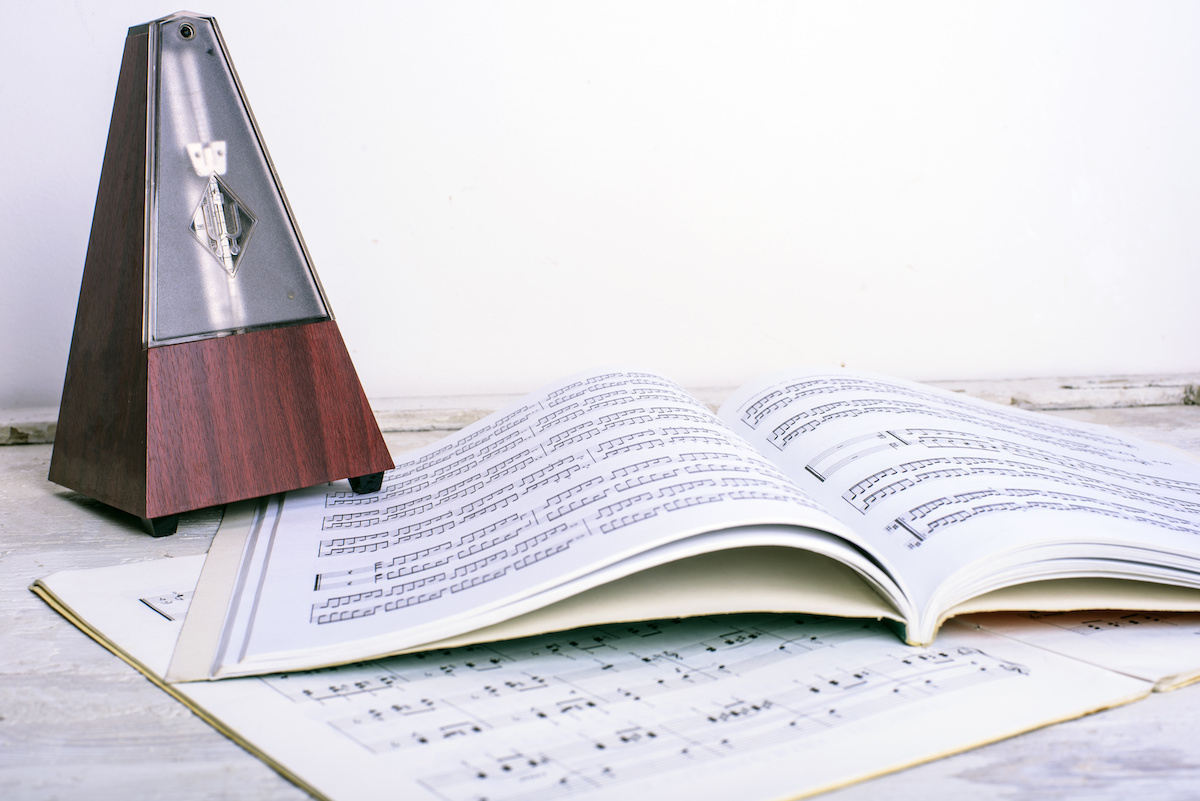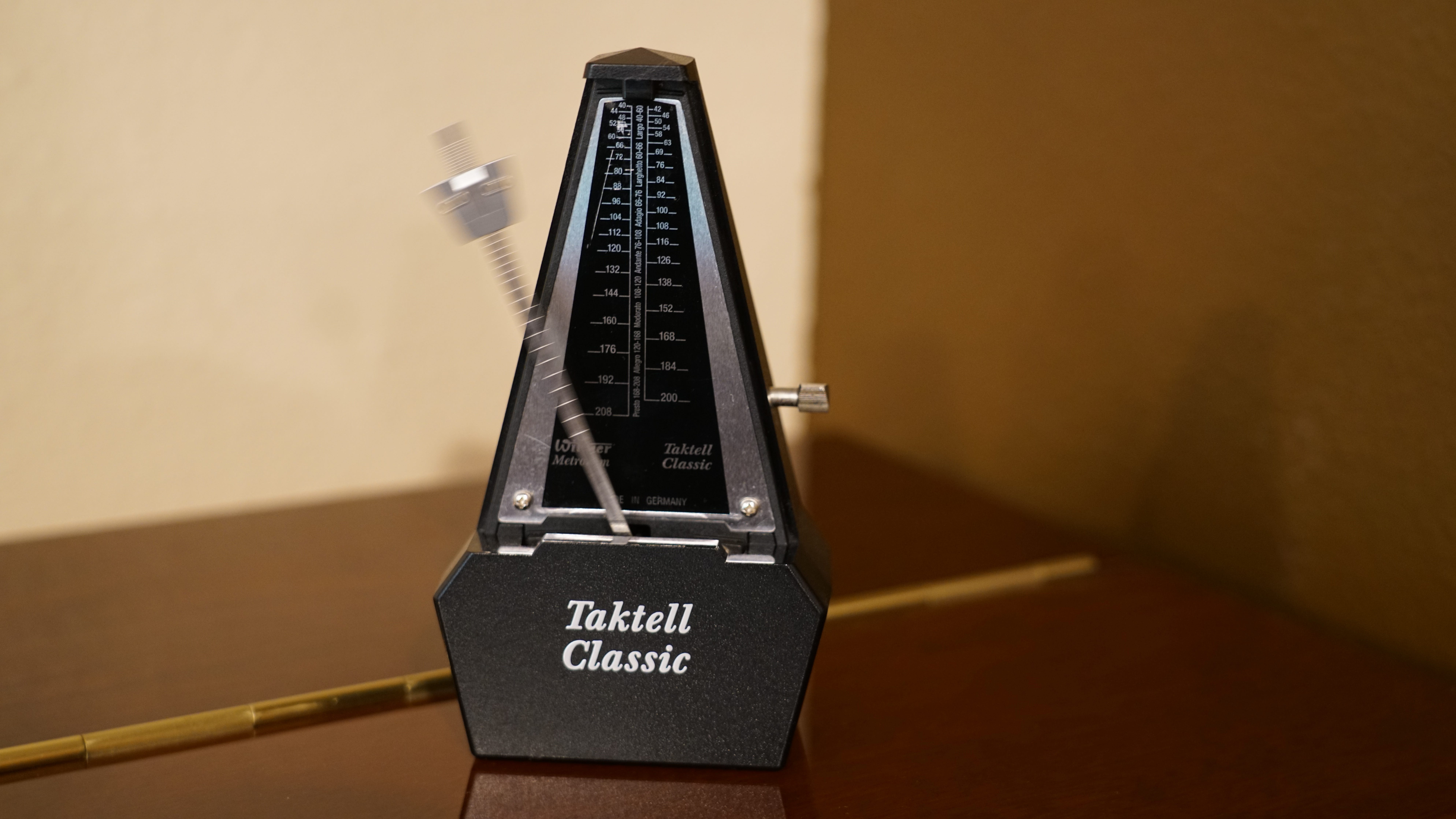Home>Production & Technology>Metronome>What Is A Quartz Metronome
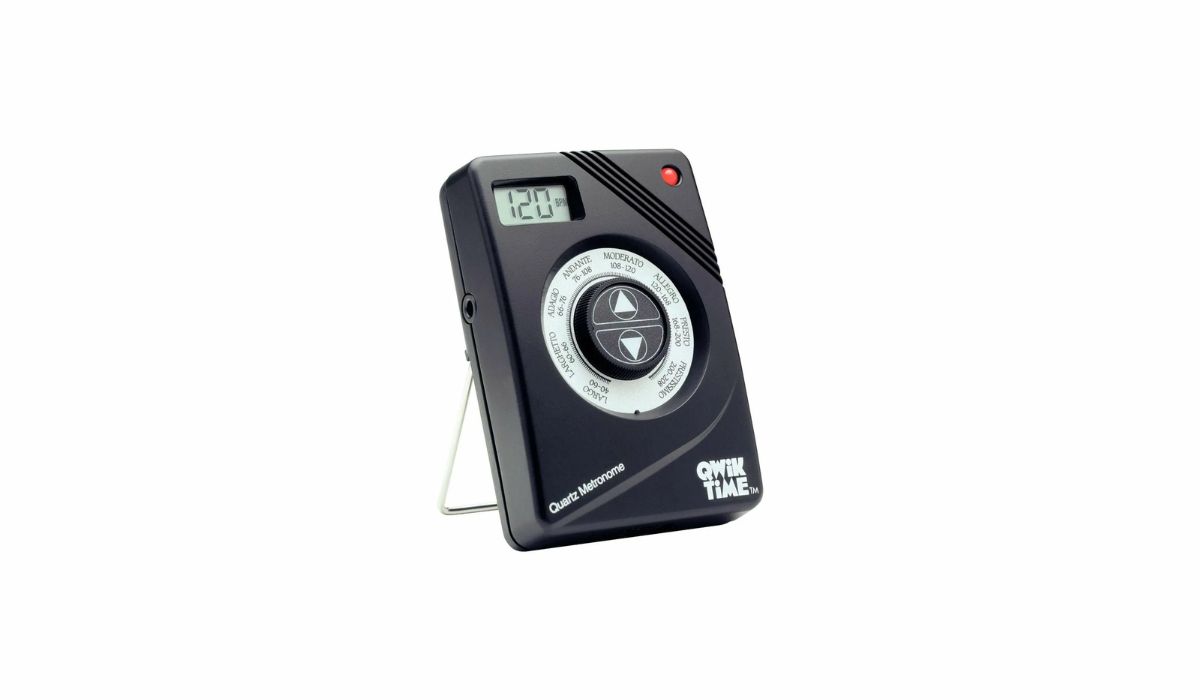

Metronome
What Is A Quartz Metronome
Published: January 14, 2024
Discover what a quartz metronome is and how it can improve your musical timing. Explore the benefits of using a metronome and enhance your musical practice.
(Many of the links in this article redirect to a specific reviewed product. Your purchase of these products through affiliate links helps to generate commission for AudioLover.com, at no extra cost. Learn more)
Table of Contents
Introduction
Have you ever observed a musician tapping their foot or swinging their arm to keep time while playing an instrument? This rhythmic movement is aided by a metronome, a device that helps musicians maintain a steady beat. In the world of music, precision and timing are key, and a metronome is an essential tool to achieve this. One type of metronome that is widely used is the quartz metronome.
Quartz metronomes are popular among musicians of all levels, from beginners to professionals, due to their accuracy and reliability. They have become a staple in practice rooms, studios, and concert halls around the world.
In this article, we will explore what exactly a quartz metronome is, its history, how it works, the benefits of using one, and any potential drawbacks. Whether you are a musician looking to improve your timing or simply curious about the inner workings of this valuable tool, read on to discover everything you need to know about quartz metronomes.
Definition of a Quartz Metronome
A quartz metronome is a device used by musicians to keep time and maintain a steady beat while practicing or performing music. It is named after the quartz crystal oscillator that is the key component responsible for its accuracy. The metronome produces a series of evenly spaced ticks or beats at a specific tempo, allowing musicians to synchronize their playing and develop a sense of rhythm and timing.
Quartz metronomes typically consist of a compact box-shaped unit with a control panel, a speaker or headphones output, and a visual display that indicates the tempo or beats per minute (BPM). They are powered by batteries or an AC adapter, making them portable and convenient for use in various settings.
The tempo of a quartz metronome is user-adjustable and can range from a slow pace of around 40 BPM to a fast pace of 208 BPM or more. Most quartz metronomes offer a wide range of tempo options to accommodate different musical genres and playing styles.
One of the distinguishing features of a quartz metronome is its accuracy. The quartz crystal oscillator, which serves as the metronome’s internal timer, vibrates at a precise frequency when an electric current is applied. This frequency, usually in the range of 32,768 Hz, serves as the reference for generating the ticks or beats. As a result, quartz metronomes are highly reliable and provide consistent timing, ensuring musicians can practice and perform with confidence.
In addition to producing audible ticks, some quartz metronomes also feature a visual display such as an LED light that flashes in sync with the beats. This visual feedback can be particularly useful for musicians with hearing impairments or those who prefer a more visual indication of the tempo.
With the definition of a quartz metronome established, let’s delve into its intriguing history and how it has evolved over the years.
History of Quartz Metronomes
The concept of a metronome dates back to the early 19th century when musicians started using mechanical devices to keep time. These early metronomes employed a pendulum mechanism to produce consistent beats at various tempos. However, their accuracy was limited, and they required regular adjustment and winding.
The development of quartz metronomes can be traced back to the mid-20th century when electronic technology began to advance rapidly. One significant breakthrough came in the form of quartz crystal oscillators, which were increasingly used in various electronic devices and timekeeping applications.
The integration of quartz crystal technology revolutionized the world of metronomes. Quartz metronomes, with their precise timing capabilities and compact design, quickly gained popularity among musicians. They offered higher accuracy, reliability, and convenience compared to their mechanical counterparts.
The first commercial quartz metronome was introduced in the 1970s. It featured a quartz crystal oscillator as the internal timer, allowing for highly accurate beats at various tempos. These early quartz metronomes were often battery-operated and featured a rotary dial for tempo selection. Over time, advancements in technology led to the development of more sophisticated models with digital displays, adjustable volume, and additional features.
The widespread adoption of quartz metronomes in the music community revolutionized the way musicians practiced and performed. They provided a reliable reference for tempo and helped musicians refine their timing and rhythmic skills. From orchestras and bands to solo instrumentalists and vocalists, quartz metronomes became an indispensable tool for musicians of all disciplines.
Today, quartz metronomes continue to be an integral part of a musician’s toolkit. While digital alternatives and smartphone apps have emerged, offering metronome functionalities, quartz metronomes remain popular due to their dedicated purpose, simplicity, and tactile interface. They have stood the test of time and continue to serve as a trusted companion for musicians in their pursuit of rhythmic excellence.
Now that we understand the history of quartz metronomes, let’s explore how these devices work and the technology behind their precise beats.
How Quartz Metronomes Work
Quartz metronomes operate based on the principle of quartz crystal oscillation. The core component of a quartz metronome is a small quartz crystal oscillator, usually cut in the shape of a tuning fork. When an electric current is applied to the crystal, it vibrates at an incredibly precise frequency, known as the resonant frequency.
The quartz crystal oscillator serves as the internal timer of the metronome. It generates electrical pulses at a constant rate, which are then converted into audible ticks or beats through an integrated speaker or headphones output.
To adjust the tempo, the metronome allows users to select the desired beats per minute (BPM). When a BPM is chosen, the metronome divides the crystal oscillator’s frequency into regular intervals to produce the corresponding number of beats per minute. For example, if the crystal oscillator oscillates at 32,768 Hz and a tempo of 120 BPM is selected, the metronome will divide the frequency into equal intervals of 273.066 Hz to generate beats at that tempo.
In more advanced quartz metronomes, digital circuitry and microprocessors are used to provide additional functionalities and controls. These metronomes often feature a digital display that shows the selected tempo and may offer options for various time signatures or subdivisions of beats.
Quartz metronomes are designed to provide clear and distinct beats that are easily distinguishable by the human ear. The beats are uniform in duration and volume, ensuring consistent timing throughout a musical performance or practice session.
In summary, quartz metronomes rely on the precise vibrations of a quartz crystal oscillator to generate accurate beats at different tempos. The integration of digital circuitry further enhances their functionality and ease of use. Now that we understand how quartz metronomes work, let’s explore the benefits they offer to musicians.
Benefits of Using a Quartz Metronome
Using a quartz metronome can bring numerous benefits to musicians of all skill levels. Let’s explore some of the advantages that come with incorporating a quartz metronome into your music practice routine.
- Develops Timing and Rhythm: One of the primary benefits of using a quartz metronome is the improvement in timing and rhythm. The metronome provides a consistent and reliable beat, helping musicians stay on track and develop a strong sense of timing. It can greatly enhance the precision and accuracy of your playing.
- Builds Speed and Dexterity: By gradually increasing the tempo on the metronome, you can effectively build speed and dexterity in your playing. Practicing with a metronome allows you to start at a comfortable pace and gradually push yourself to play faster while maintaining control and accuracy.
- Aids in Sight-Reading: For musicians who are learning to read sheet music or improvising on the spot, a metronome can be a valuable tool. It helps you establish a steady tempo while navigating through unfamiliar musical passages, ensuring that you stay in sync with the intended rhythm.
- Enhances Ensemble Playing: When performing in a group or ensemble setting, maintaining a consistent tempo is crucial. A quartz metronome can serve as a reference point for everyone involved, ensuring that the entire ensemble stays in sync and produces a cohesive musical performance.
- Improves Internal Pulse: Playing along with a metronome can help strengthen your internal pulse and internalize the rhythm. This skill is particularly useful when performing without the aid of a metronome or playing with other musicians who may have slightly varying interpretations of tempo.
- Provides Objective Feedback: The objective nature of a metronome can help identify areas of weakness in your playing. If you consistently struggle to stay in time with the metronome, it indicates areas that require additional practice and attention.
By incorporating a quartz metronome into your practice routine, you can enjoy these benefits and improve your overall musicianship. However, it’s important to be aware of the potential drawbacks that come with using a metronome as well, which we will explore in the next section.
Drawbacks of Using a Quartz Metronome
While quartz metronomes offer numerous benefits, it is important to acknowledge that there are also some potential drawbacks associated with their use. Here are a few factors to consider:
- Rigid Sense of Timing: Using a metronome can sometimes lead to a rigid sense of timing, as musicians may become overly reliant on the metronome’s beat. This can detract from the natural flow and expression in their playing. It is important to balance the use of the metronome with developing a personal sense of musicality.
- Limited Musical Interpretation: Metronomes provide a fixed beat that may not account for subtle musical nuances, phrasing, rubato, or changes in tempo for expressive purposes. Musicians must be mindful that the metronome is a tool and not a rigid dictator of musical performance. It is essential to use the metronome as a guide while allowing room for artistic interpretation.
- Non-natural Analogues: Although quartz metronomes aim to provide an accurate beat, they may lack the organic fluctuations found in live performances. Live music is often characterized by subtle variations in tempo, dynamic accents, and expressive timing. Relying solely on a metronome may hinder the development of these natural musical instincts.
- Monotonous Practice: Practicing solely with a metronome for extended periods can become monotonous and repetitive. It is essential to incorporate a variety of practice strategies and exercises to maintain engagement and motivation in your musical journey.
- Technical Dependency: Quartz metronomes are electronic devices that require power sources such as batteries or electricity. If these power sources are not readily available or if the device malfunctions, it can disrupt practice sessions and performances. Musicians should be prepared with alternative timing references in such situations.
- Limited Metronomic Independence: While practicing with a metronome can help develop timing and rhythm, musicians should also strive to cultivate a sense of internal timing independent of the metronome. This allows for greater flexibility and adaptability when performing with others or in different musical contexts.
Understanding the potential drawbacks of using a quartz metronome can help musicians use it as an effective practice tool while finding a balance between precision and musical expression. Let’s now explore some tips for using a quartz metronome effectively.
Tips for Using a Quartz Metronome Effectively
To make the most out of your quartz metronome practice sessions, consider the following tips for using it effectively:
- Start Slow and Gradually Increase Tempo: Begin practicing at a comfortable tempo and gradually increase the speed as you gain proficiency. Avoid rushing and prioritize accuracy before speed.
- Focus on Subdivisions: Use the metronome to practice subdividing beats. Set the metronome to a slower tempo and practice playing on each subdivision, gradually working your way to faster tempos. This will enhance your rhythmic precision and internalize complex rhythmic patterns.
- Experiment with Different Metronome Sounds: Some quartz metronomes allow you to choose different sound options. Try experimenting with different sounds to add variety and maintain interest during practice sessions.
- Incorporate Rubato: While consistent timing is vital, it is also important to practice incorporating rubato, which involves subtle deviations from strict tempo for expressive purposes. Use the metronome as a reference point, but allow yourself the freedom to add musical expression and phrasing where appropriate.
- Simulate Performance Conditions: Practice with the metronome as if you were performing live. This means incorporating stage presence, dynamics, and musical expression to create a more realistic performance atmosphere.
- Alternate Between Playing with and without the Metronome: Utilize practice sessions where you gradually wean yourself off the metronome. This allows you to develop an internal sense of timing and maintain a consistent tempo without relying solely on the metronome’s audible cues.
- Use the Visual Display: If your metronome has a visual display, pay attention to it in addition to relying on the audible ticks. This can help strengthen your visual and auditory connection to the beat and further improve your sense of timing.
- Record Yourself: Record yourself playing with the metronome to assess your progress and identify areas that need improvement. This objective feedback can help you refine your timing and enhance your overall musicality.
By implementing these tips, you can maximize the benefits of using a quartz metronome and significantly improve your timing, rhythm, and overall musical performance. Now, let’s conclude our exploration of quartz metronomes.
Conclusion
Quartz metronomes have undoubtedly transformed the way musicians practice and perform. With their precision, reliability, and convenience, these metronomes have become an indispensable tool for musicians of all levels. They provide a constant beat that helps musicians develop a strong sense of timing, improve rhythmic accuracy, and enhance their overall musicality.
While quartz metronomes offer numerous benefits, it is important to approach their use with mindfulness and balance. Musicians should strive to develop their own sense of musical expression, while utilizing the metronome as a guide to maintain consistent tempo. It is crucial to strike a balance between technical precision and artistic interpretation.
Incorporating a quartz metronome into your practice routine can lead to significant improvements in your playing. Use it to develop speed, build dexterity, improve sight-reading abilities, and become more synchronized in ensemble performances. However, be aware of potential drawbacks, such as a rigid sense of timing or overdependency on the metronome’s beat.
By following effective tips like starting slow, experimenting with different sounds, and incorporating rubato, you can make the most of your quartz metronome practice sessions. Remember to also practice without the metronome to develop your internal sense of timing and musical expression.
In conclusion, quartz metronomes are powerful tools that provide invaluable assistance to musicians. When used effectively, they can help you refine your skills, enhance your musicality, and elevate your overall performance. So, embrace the precision and reliability of a quartz metronome as a trusted companion in your musical journey.

